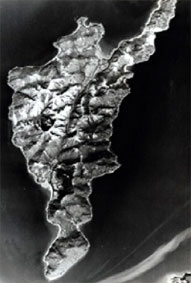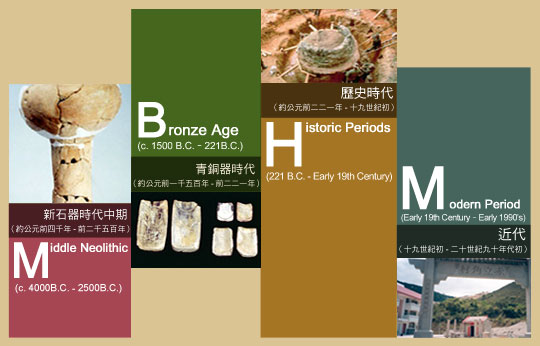

Chek Lap Kok Island is a small and hilly island situated on the north coast of Lantau Island with an area of 2.8km2. It has been inhabited since the Stone Age. The island was known as Chek Lap Chau since the 16th century. The name may have derived from the fact that the island has little vegetation cover and bears resemblance with a naked body, 'da chek lak' in Cantonese. Another explanation of the name comes from the fact that the shape of the island looks like a red tripletail ('chek lap') fish.
The island contained rich relics of different ancient periods. Archaeological investigations proved that people started living on the island from the Middle Neolithic period of 6,000 years ago. Throughout the Late Neolithic and Bronze Age periods, Han Dynasty, Tang Dynasty, Song Dynasty, Yuan Dynasty, Qing Dyansty and until the early 1990's, the island continued to be inhabited.
As early as the late 1970s, archaeologists conducted surveys and investigations on the island. Large scale excavations started in 1990 following the decision to construct a new airport. The excavation has brought to light a large quantity of artefacts, providing abundant information which enhanced our understanding of the area's past.

Click the above to get the information of related Period.